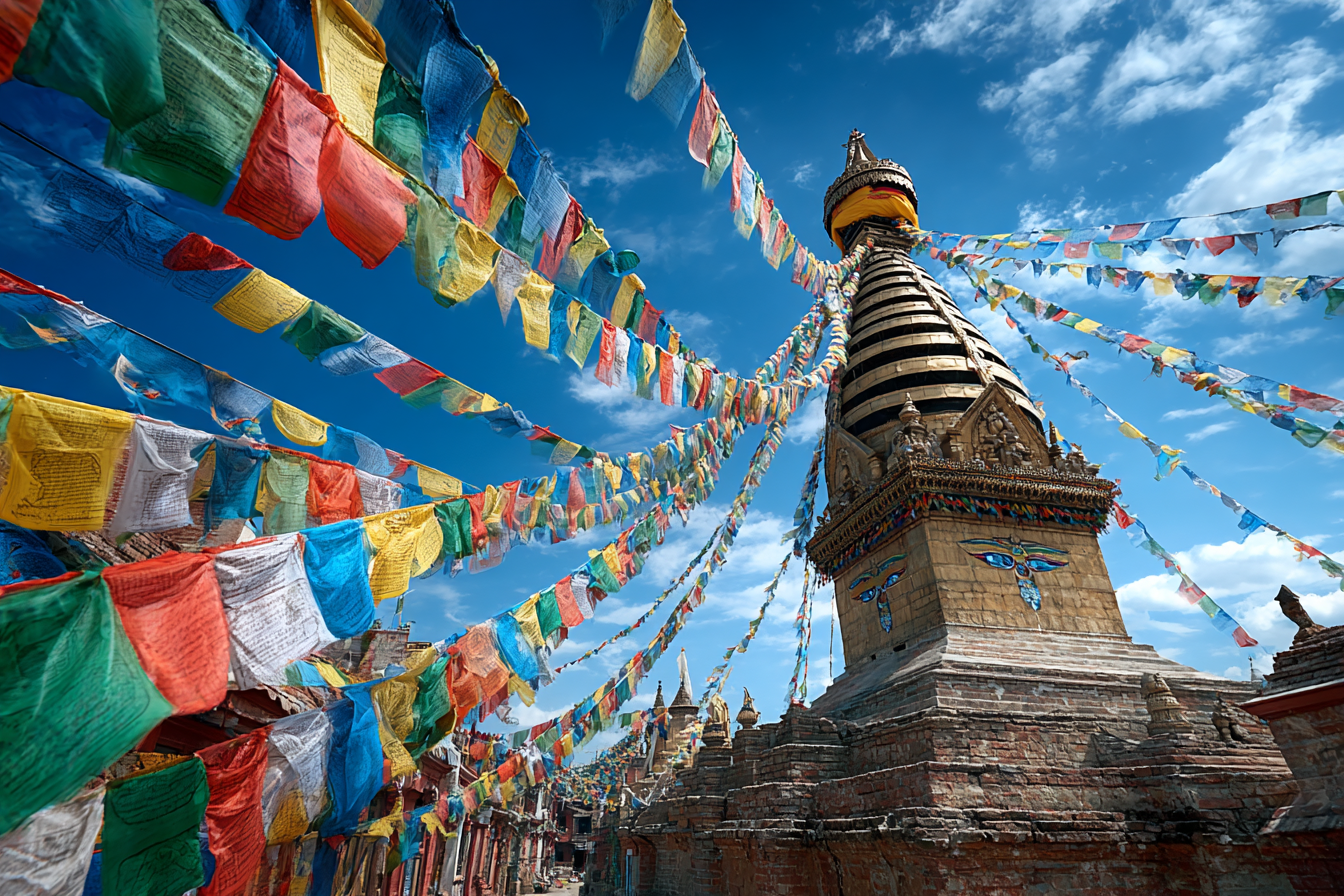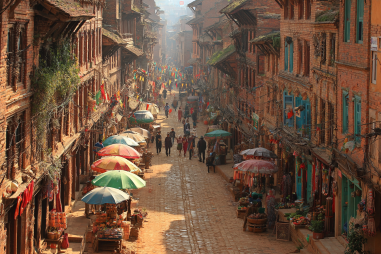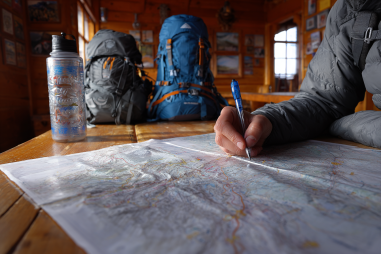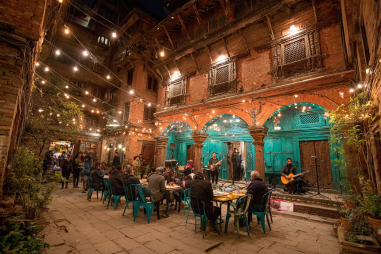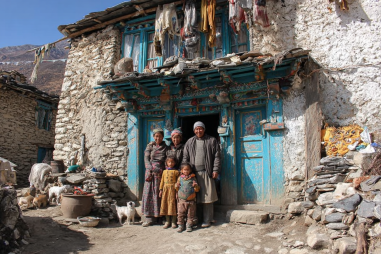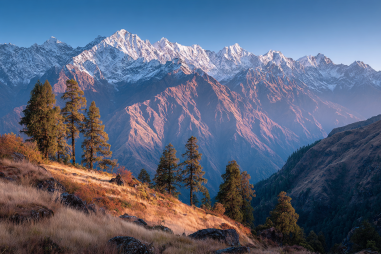Nepal is a land steeped in history and spirituality, where ancient temples, palaces, and stupas tell stories of a vibrant past and enduring cultural traditions. For travelers seeking to uncover the essence of this Himalayan nation, its heritage sites offer a gateway to understanding Nepal’s rich architectural marvels and profound spiritual heritage. This guide will take you through some of Nepal’s most treasured monuments, offering insights into their significance and practical tips for visiting them thoughtfully and responsibly.
An Overview of Nepal’s UNESCO World Heritage Sites
Nepal boasts an impressive list of UNESCO World Heritage Sites, reflecting its deep historical roots and cultural vitality. Among these, the Kathmandu Valley stands out as a remarkable concentration of historical monuments, while Lumbini, the birthplace of Lord Buddha, draws pilgrims and history enthusiasts alike from around the world.
The Kathmandu Valley alone includes seven groups of monuments and buildings that showcase the artistic and religious heritage of Nepal. From ancient palaces to sacred temples and stupas, these sites depict the blend of Hinduism and Buddhism that has shaped the region. On the other hand, Lumbini, located in the southern plains, is an essential spiritual site marked by monasteries and archaeological remains that honor the origins of Buddhism.
Exploring Major Monuments Across Nepal
Kathmandu Valley
Within the Kathmandu Valley, three cities—Kathmandu, Patan, and Bhaktapur—house the majority of heritage sites:
- Patan Durbar Square: Known for its exquisite Newar architecture, Patan Durbar Square features the royal palace, numerous temples, and intricate courtyards. Highlights include the Krishna Mandir and the Hiranya Varna Mahavihar (Golden Temple).
- Kathmandu Durbar Square: This historic site was once home to Nepalese royalty and is a hub for festivals and cultural events. Key monuments include the Taleju Temple, Kumari Ghar (the home of the living goddess Kumari), and the Hanuman Dhoka Palace.
- Bhaktapur Durbar Square: Known for its medieval charm, Bhaktapur showcases structures like the 55-window Palace, Vatsala Temple, and Nyatapola Temple, one of the tallest pagoda-style temples in Nepal.
- Swayambhunath (Monkey Temple): Perched on a hilltop, this stupa offers panoramic views of Kathmandu and is significant in both Buddhist and Hindu traditions.
- Boudhanath Stupa: One of the largest stupas in Nepal, Boudhanath is a focal point for Tibetan Buddhism and a place of peaceful reflection.
- Pashupatinath Temple: A sacred Hindu temple dedicated to Lord Shiva, Pashupatinath is a vibrant religious site with daily rituals and cremation ghats along the Bagmati River.
Lumbini
Lumbini is a sacred pilgrimage destination offering tranquil gardens, ancient ruins, and monasteries built by Buddhist communities from around the world. Key sites include:
- Maya Devi Temple: The exact birthplace of Siddhartha Gautama (Buddha), this temple surrounds the sacred pond where Queen Maya is believed to have bathed before the Buddha’s birth.
- Ashoka Pillar: Erected by Emperor Ashoka in 249 BCE, it bears inscriptions commemorating his visit and the sanctity of Lumbini.
- Monastic zones: Various monasteries developed by different Buddhist traditions beautifully illustrate the global reverence for the site.
Understanding the Historical and Cultural Significance
The heritage sites of Nepal are not merely architectural wonders—they are living symbols of the country’s identity, spirituality, and artistry. The Kathmandu Valley’s palaces and temples tell stories of dynastic power, artistic evolution, and religious coexistence between Hinduism and Buddhism. These sites show the craftsmanship of Newar artists, known for their intricate wood carvings, stone sculptures, and gilt metalwork that have influenced South Asian art for centuries.
Lumbini’s importance, as the birthplace of the Buddha, transcends national boundaries. It remains a place of pilgrimage and renewal for millions worldwide, representing peace, compassion, and enlightenment. Together, these heritage sites serve as cultural touchstones, connecting visitors with Nepal’s diverse traditions and historical episodes.
Visiting Nepal’s Heritage Sites: Tips and Best Times
To make the most of your heritage tour in Nepal, consider the following tips:
- Timing: The best time to visit is during the spring (March to May) and autumn (September to November) seasons, when the weather is clear and comfortable for sightseeing.
- Respect local customs: Many sites are active places of worship. Dress modestly, remove shoes when required, and avoid loud behavior.
- Guided tours: Hiring local guides who are knowledgeable about the history and customs can enrich your understanding and provide access to lesser-known stories.
- Photography: Always ask permission before photographing people, particularly in sacred spaces.
- Footwear and mobility: Prepare for uneven surfaces and steps by wearing comfortable shoes.
Working with Local Guides and Tours
Joining a guided tour not only enhances your experience but also supports the local economy and helps preserve cultural heritage. Many local guides are enthusiastic storytellers who bring ancient monuments to life through firsthand knowledge and interpretation. They can also assist in navigating cultural nuances and ensuring your visit is respectful and meaningful.
Look for certified guides or join reputable tour companies specializing in heritage tours. Some tours combine visits to heritage sites with cultural workshops, offering hands-on experiences in traditional crafts, music, or cuisine.
Preserving Nepal’s Cultural Heritage Responsibly
Heritage sites are fragile and vulnerable to the impacts of tourism, natural disasters, and urban development. As a visitor, you play a crucial role in safeguarding these treasures for future generations. Here’s how to contribute responsibly:
- Avoid touching or climbing on monuments to prevent damage.
- Use designated paths and respect restricted areas.
- Dispose of waste properly and avoid using plastic excessively.
- Support conservation initiatives and local handicrafts rather than buying replicas or items made from restricted materials.
- Stay informed about ongoing preservation efforts and challenges facing these sites.
Engaging with heritage sites through conscious travel helps maintain the authenticity and integrity of Nepal’s cultural landscapes while fostering mutual respect between visitors and local communities.
Experience the Living Legacy of Nepal
Exploring Nepal’s heritage sites is much more than sightseeing—it’s an opportunity to connect deeply with the country’s soul and history. Each temple, palace, and stupa tells tales of devotion, artistic mastery, and cultural synthesis that have endured through centuries. Whether wandering the bustling squares of Kathmandu, soaking in the serenity of Lumbini, or marveling at the intricate woodwork in Bhaktapur, travelers leave with a greater appreciation of Nepal’s unique place in the world.
By planning your visit mindfully and engaging respectfully with these monuments, you become part of a global community dedicated to preserving and celebrating one of the richest heritage tapestries on the planet. Nepal warmly invites you to embark on this unforgettable journey into its treasured past.

